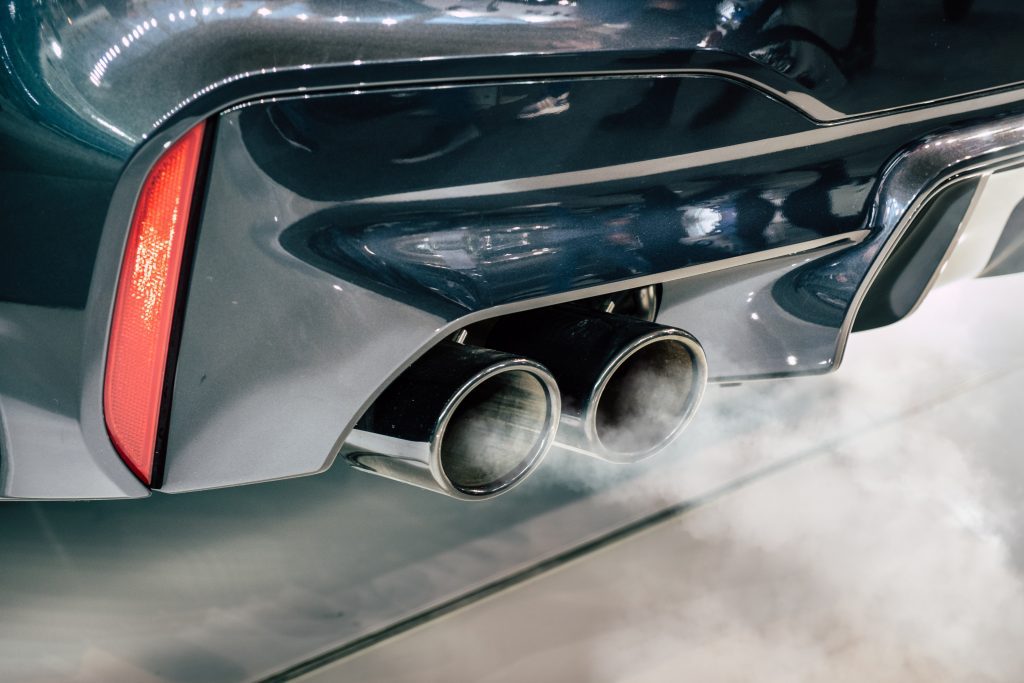4 Automobile Innovations Initiated In The 1960s
The 1960s will forever remain significant in the history of the automobile industry due to the innovations it came with. The period witnessed revolutionary car designs and improved technology. During this decade, many other international car brands came in to compete with the Big Three (General Motors, Ford, and Chrysler), who have ruled the industry for several years. These companies also found ways to produce affordable models to export into the United States market.
That notwithstanding, the Big three continued to dominate the US market. Here are some improvements and innovations the automobile industry witnessed in the 1960s.
Alternator

Vehicles produced before the 1960s had no alternator to charge the battery and power the electrical systems. The vehicles that had alternators during this period were specialist vehicles used during World War II. However, in 1960 Chrysler produced the Plymouth Valiant, which became the first production car with an alternator. This innovation later became widespread, and more car brands picked up the practice.
Using Aluminum Alloy
Aluminum alloy became the order of the day for the automobile industry because of its low weight compared to steel. The aluminum alloy manufactured vehicles had better structural integrity and were corrosion-resistant. This made it last longer than those produced with steel and iron.
Seal Belt
Though seatbelts were common from the 1950s, many drivers didn’t find them comfortable enough to wear. In 1962, many US states started enforcing the wearing of seatbelts to reduce casualties in car accidents. Fast forward, in 1968, it became mandatory for car brands to install seatbelts for at least the front passengers. Also, they are required to install energy-absorbing steering columns and have padded interiors. Other mandatories included anti-theft transmission locks, side marker lights, and front head restraints.
Emission Control

To reduce the emission of dangerous chemicals into the air, the United States Clean Air Act of 1963 and the Vehicle Air Pollution and Control Act of 1965 required car manufacturers to find ways to cut emissions. The car brands tried to develop emission control through the 1960s but became successful in the 1970s. They started with leaded gasoline usage but later developed the catalytic converters, which converted toxic gases into something less toxic.
